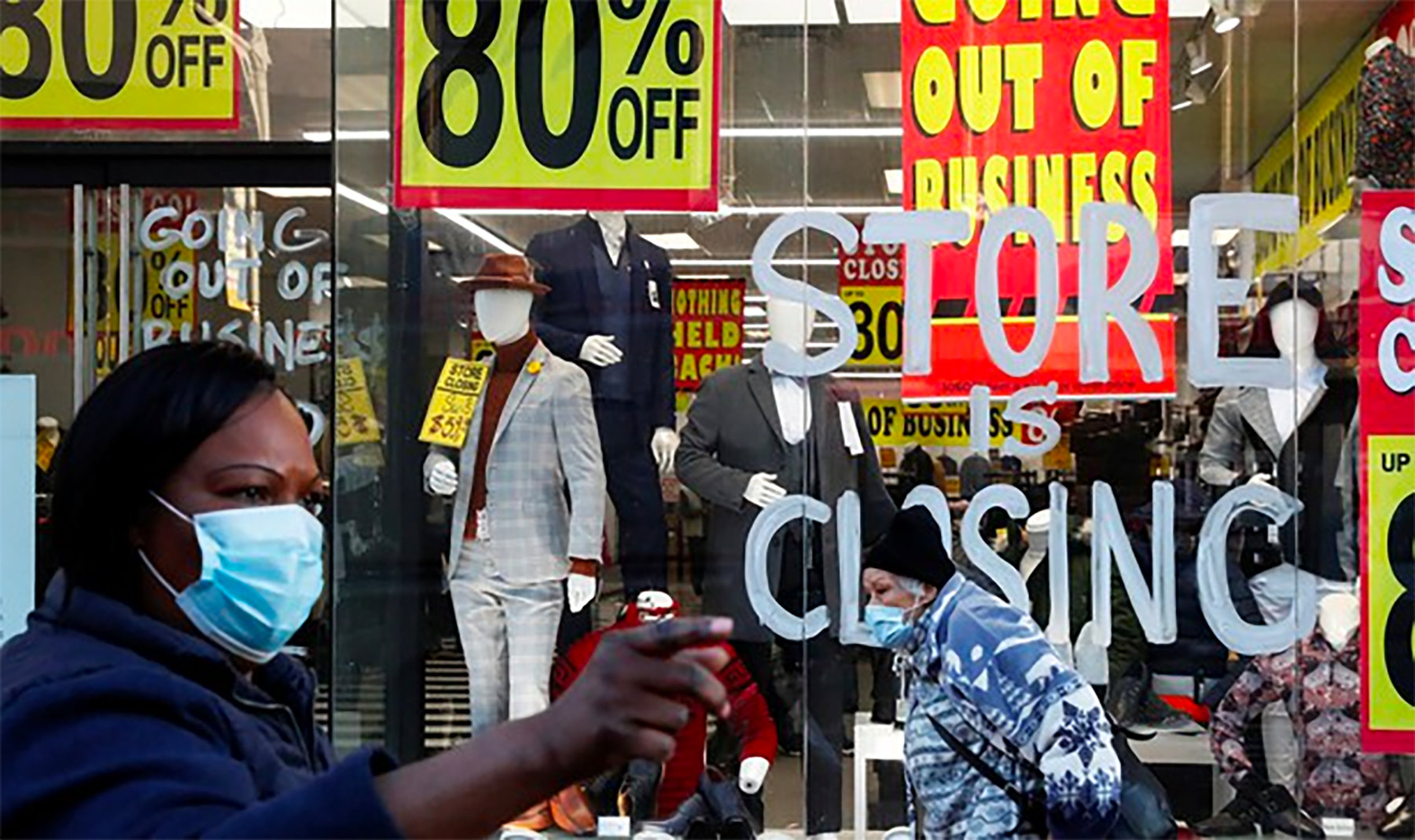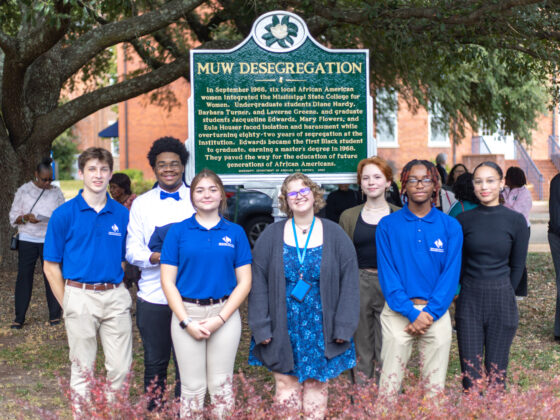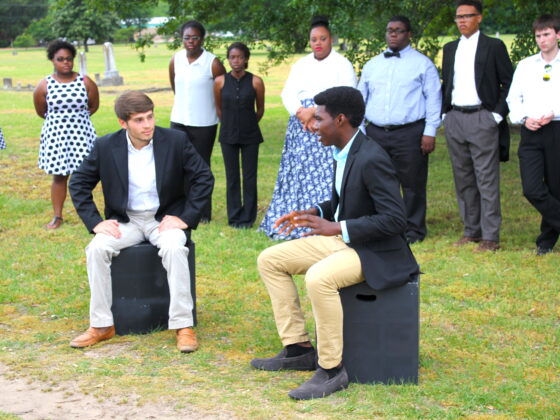The pandemic ravaged America’s big cities first, and now its countryside. The public-health and economic repercussions have been felt everywhere. But they have been hardest on the smallest businesses, and the most vulnerable families and communities.
This is an update, following a report last month, on plans to repair the damage now being done.
1) What the federal government can do: The Institute for Local Self-Reliance is a group concentrating on the business-structure, technological, political, and other obstacles that have held small cities and rural areas back—and how they might be reversed.
This month the ILSR released a report on steps the federal government could take to foster business and civic renewal at the local level. The report is available in PDF here, and a summary is here. The larger argument is designed to:
… help the federal government avoid the mistakes made in the wake of the 2007-08 financial crisis …
Rather than the housing sector [as in the previous crisis], the current economic fallout is decimating America’s small businesses. Nearly 100,000 small, independent businesses have already closed their doors permanently, with Black-owned businesses taking the biggest hit. As of early November, small business revenue was down a stunning 31 percent from January. As small businesses close or hang on by their fingernails, meanwhile, a handful of big corporations are recording massive profits, increasing their already-dominant market share, and dramatically accelerating concentration of the economy….
People are losing their dreams and livelihoods. Neighborhoods are losing beloved local stores and gathering spots. The country is losing much of its local productive capacity. To answer this generational challenge, we must have a federal economic recovery strategy focused on rebuilding, creating, and growing America’s small, independent businesses.
The report covers large policy areas—a different approach to antitrust—and very tangible specifics, like the way credit-card processing fees are handled. It is certainly worth consideration by the Biden team. (And, in the same vein, here is another worthwhile piece, by Maddie Oatman in Mother Jones, on the importance of economic prospects for rural America.)
2) What some state governments can do (a California model): Responding to a crisis that is both global and intensely local naturally involves a combination of measures—international efforts to detect and contain disease, nationwide economic strategies, and city-by-city and state-by-state responses to the problems and opportunities of each locale.
California, which has roughly one-eighth of the whole population of the United States and produces roughly one-seventh of U.S. economic output, also has been responsible for an outsize proportion of innovations. Some of them have run afoul or amok, as Mark Paul and Joe Mathews described a decade ago in their book The California Crackup (and as I mentioned in this 2013 profile of Jerry Brown). Others are a positive model for other states and the nation as a whole—notably, a non-partisan, anti-gerrymandering approach to drawing political-district lines. Arnold Schwarzenegger, who was governor when this reform came in, has been taking the anti-gerrymandering cause nationwide, as Edward-Isaac Dovere reported here.
One of California’s innovations that deserves broader attention is its “Little Hoover Commission.” After World War II, current president Harry Truman appointed former president Herbert Hoover to head a commission looking into broad questions of government organization and efficiency. That was the “big” Hoover Commission.
California’s “Little Hoover Commission” counterpart was created in 1962 and was meant to be a permanent, independent, non-partisan source of oversight and expertise about the state’s long-term challenges, and the state government’s response to them. In my new print-magazine article, I argue that, on the national level, formal commissions have played a surprisingly important role in investigating calamities (the space shuttle Challenger explosion, the 9/11 attacks) or assessing crises and trends (educational failures, resegregation and racial justice). California has, in effect, institutionalized this kind of non-partisan inquiry.
This month, the Little Hoover Commission has released its report on how badly the pandemic-era economic implosion is hurting businesses and families in California, and what might be done about it. The executive summary is here, and the full report is here.
I won’t attempt to summarize the whole thing here, but in essence their recommendation is an emergency effort to link public and private resources of all sorts—individual donors, NGOs, corporations, financial institutions—in a “rebuilding fund.” The fund, in turn, would concentrate on small businesses, and especially those in disadvantaged communities. One of its recommendations:
The state needs to use its megaphone to make financial institutions, private investors, and philanthropic donors aware of the Rebuilding Fund and to encourage high-net-worth individuals, impact investors, and major corporations to lend and/or donate to the Rebuilding Fund.
This may include working with regional business councils to disseminate information about the Rebuilding Fund and explain why it is vital to support small businesses, especially those in underserved communities. It may also include fully leveraging existing state investment networks..
In order to encourage investment, GO-Biz and IBank should also develop a strategy for publicly recognizing institutional investors and explore additional means for incentivizing participation.
In parallel with this effort, two California-based business-and-economic authorities, Laura Tyson and Lenny Mendonca, have put out a paper on the urgency of a new federal stimulus program. (For the record, both of them are friends of mine.) They say:
It is incumbent on the federal government to provide more generous and flexible funding for state and local governments. Governors and mayors across the country are pleading for help ahead of a challenging winter. Most states and cities have exhausted rainy-day funds and are facing a collective shortfall of $400 billion or more, according to the most recent estimates.
Because most state and local governments cannot legally spend more than they receive in revenues, they need federal funds to cover their growing fiscal gaps. Without such support, they will have no choice but to raise taxes or cut essential services and employment in health, public safety, and education, as many are already doing. Either option will undermine the countercyclical effects of federal stimulus, thereby weakening the recovery.
At the fiat of Mitch McConnell, the U.S. Senate seems likely to end this year without addressing the states’ and cities’ needs. Many states and cities are improvising in useful ways, but national crises require a national response. Help!
(And while I am at it, here is another locally based initiative to create more supportive ecosystems for entrepreneurs.)
3) Ways around the college-degree bottleneck: Research universities and four-year colleges are simultaneously the glory and the heartbreak of America’s educational system. They’re the glory for obvious reasons. They’re the heartbreak because of the financial challenges for many liberal-arts schools, and the student-debt burdens for millions of young people, and the factors that can make higher education reinforce existing privileges, rather than offset them.
The negative power of judging people purely by sheepskin credentials is very familiar. (I actually did an Atlantic cover story about it 35 years ago, here.) But a positive counterpart in the past few years has been rapidly opening pathways to careers that don’t require a four-year degree. That’s what we’ve emphasized in our reports on community colleges, “career technical” programs in high schools, apprenticeship systems, and other ways of matching people with the opportunities of this moment.
Last week The New York Times had a story by Steve Lohr with the headline, “Up to 30 Million in U.S. Have the Skills to Earn 70% More, Researchers Say.”
This is a great headline that conveys the essential point: There are opportunities (post-pandemic) for people who for various reasons have not completed the four-year bachelor’s gantlet. More information is available at Opportunity@Work and through the Rework America Alliance. (For the record, I know many of the people involved in the Opportunity and Reword initiatives.)
As with previous dispatches, none of these approaches is “the” answer to this era’s many crises. But they’re all potential parts of an answer. They deserve attention.




